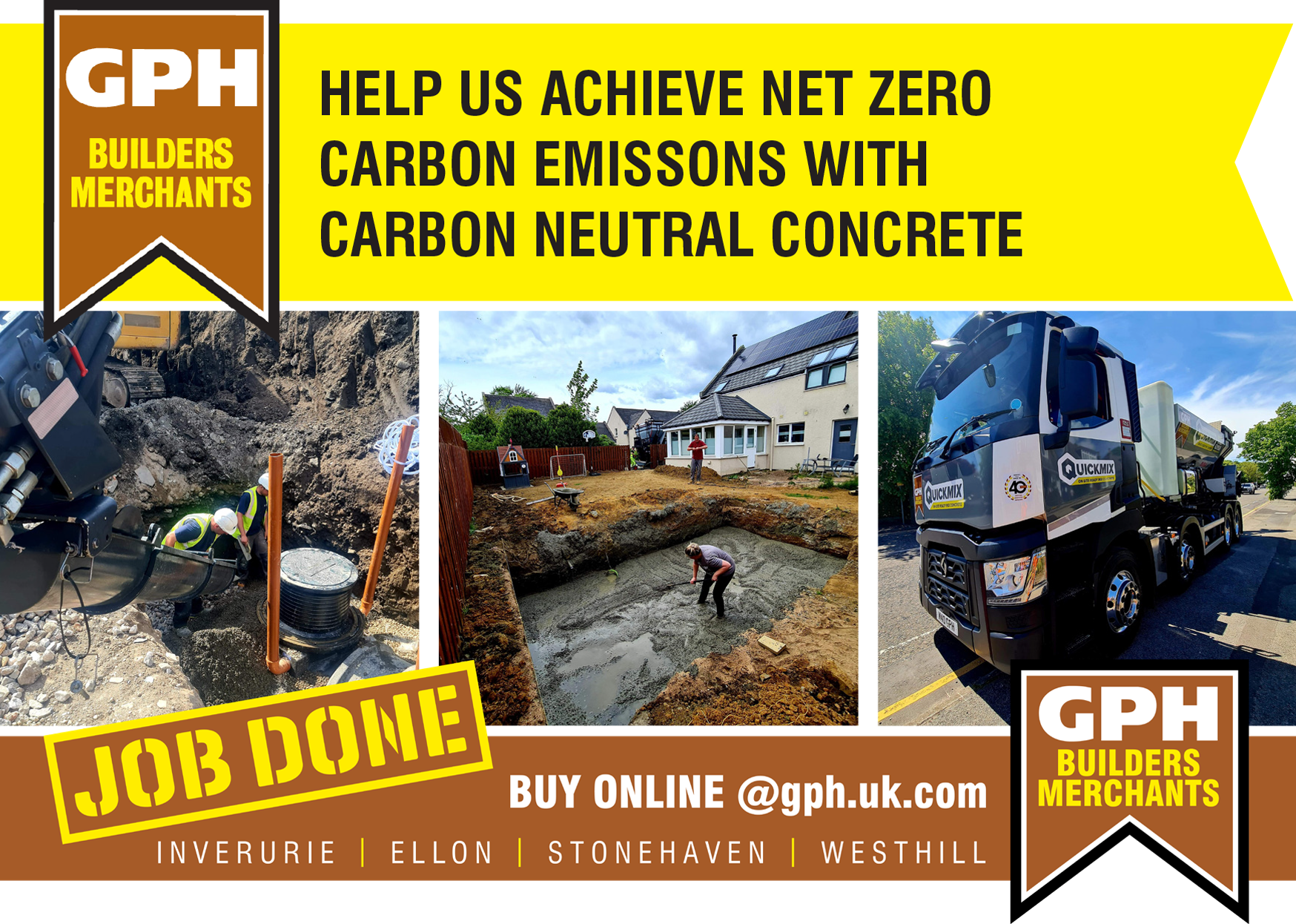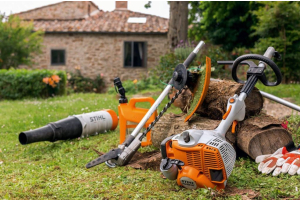GPH Quickmix now offers carbon ofsetting

Carbon Offsetting
With the current Net-Zero targets outlined by the government, and attitudes across society changing, it’s never been more important to consider the impact of your carbon footprint. Carbon Dioxide traps heat in the earth’s atmosphere, causing global temperatures to rise. CO2 accounts for around 76% of all greenhouse gasses in the atmosphere. Due to this significant figure, a global consensus was reached at The Paris Agreement in 2015 and it was decided that atmospheric temperature increases could not exceed 1.5 Degrees Celsius (the level to which damage will become irreversible). In order to achieve this, experts have concluded that we must achieve “Net-Zero” carbon emissions by 2050.
With changes happening across all industries, GPH Builders Merchants intend to play our part and make the transition to becoming a net-zero business. In order to achieve this, we have a number of plans, both for the short and long term. Some of these plans include changes to our transport fleet, changes to business and yard infrastructure, and setting up fully sustainable supply chains. In order to go about this the right way, we had professional carbon footprint assessments carried out by Carbon-Zero. A scope 1 and 2 emissions assessment was conducted for each of the branches as well as our transport fleet. This provided us with our total emissions as an organisation, represented in tonnes of CO2e (CO2 equivalent). With this information, GPH Builders Merchants know exactly how much carbon we have to offset in order to become “carbon neutral”. We also carried out a full scope emissions assessment (scope 1,2 and 3) for our volumetric concrete service. Following this assessment, we have decided to give our customers the option to offset their carbon and reduce their footprint.
What is Carbon Offsetting?
Carbon Offsetting is the process of investing in projects which aim to reduce the amount of carbon in the atmosphere. For a company to operate as “carbon neutral”, they must balance out their carbon emissions by purchase of “carbon credits”. Carbon credits are essentially a scheme devised to balance out the harmful emissions caused by businesses and individuals. An easy way to think about this is, for every tonne of carbon removed from the atmosphere, this generates 1 carbon credit that can be purchased. These credits can be purchased for various projects, with 1 credit being equal to 1 tonne of CO2e removed from the atmosphere. For example, if a business produces 50 tonnes of CO2e through its operational activities, it will need 50 carbon credits to offset those emissions. Some popular examples of carbon offsetting projects are:
- Tree planting schemes.
- Preservation / restoration of forestland.
- Peatland restoration.
- Investment In renewables.
- Sustainable food and heating infrastructure for impoverished countries.
How does Carbon Offsetting work?
Carbon offsetting can work in a number of ways, depending on the scheme. Most of the projects (that are invested in via the credit system) directly draw carbon out of the atmosphere. The primary example of this is trees. Trees are a natural carbon sink, meaning they absorb and store carbon in the ground. Carbon can also be stored by peatland and other natural foliage such as sea grass. Carbon offsetting can also be achieved in areas which don’t directly remove carbon from the atmosphere, but significantly reduce / prevent further emissions from being released. An example of this is the mass rollout of fuel-efficient stoves in underdeveloped parts of the world, resulting in less wood being burned (less trees being chopped down).
Why should I offset my carbon?
At GPH Builders Merchants, we take climate change very seriously and encourage our customers and suppliers to do the same. As society transitions toward Net-Zero, the responsibility lies with everyone. GPH are offering the chance for our customers to lead by example and reduce their own carbon footprint. By paying a little extra on your concrete, your money will be invested in a carefully chosen set of schemes to pull carbon out of the atmosphere, both locally and internationally.






